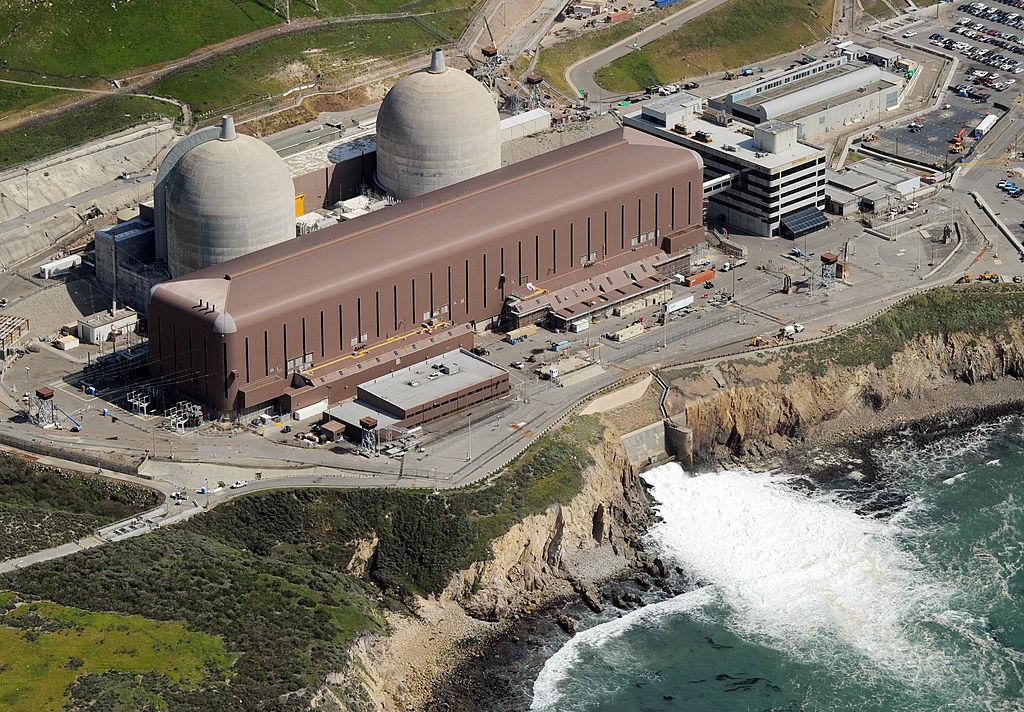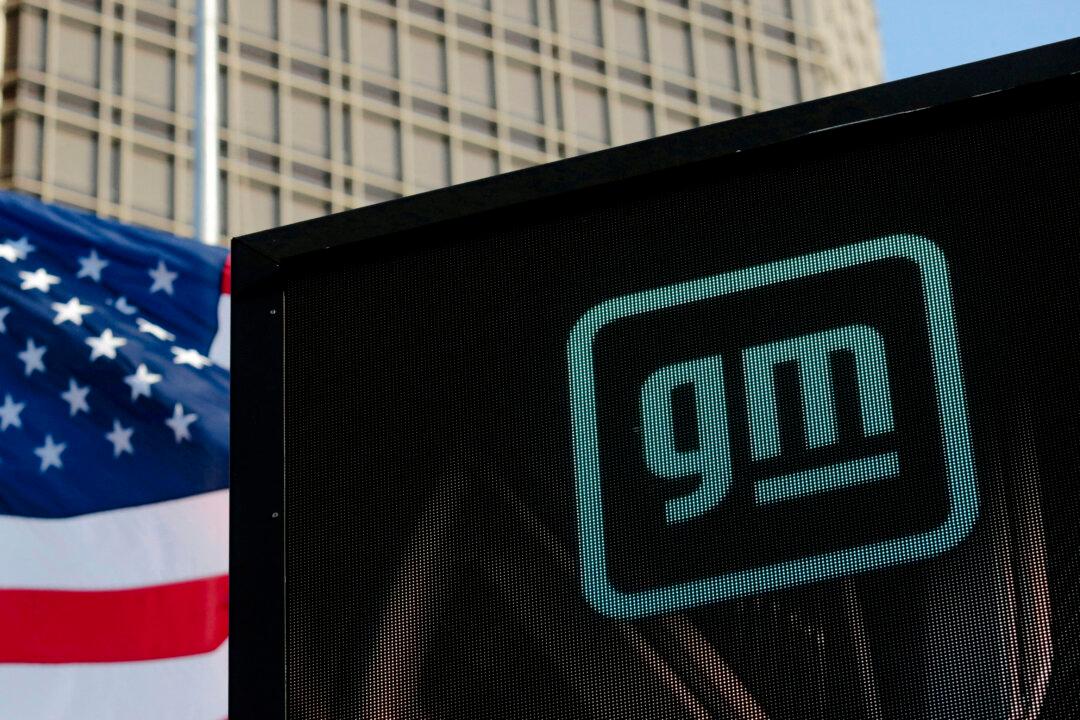Fearing more rolling blackouts in California as green energy supplies fall short, state lawmakers have agreed to spend $1.4 billion to keep the state’s last functioning nuclear power plant running.
The state Legislature passed a bill Sept. 1, supporting Gov. Gavin Newsom’s push to reverse plans to close Diablo Canyon Nuclear Power Plant by 2025.





